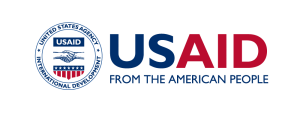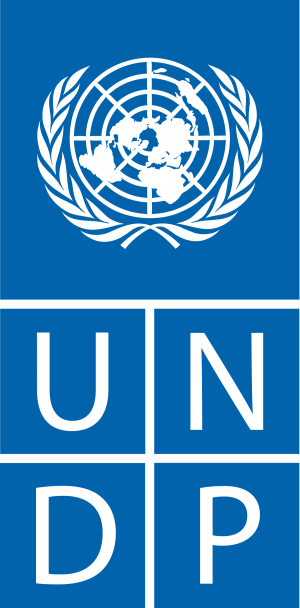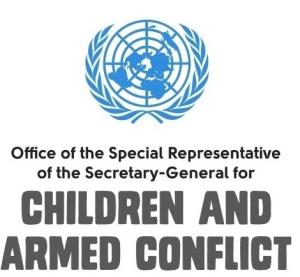
Led by: Plan International and Grow Strong Foundation
Contact us at: caafag.tf@alliancecpha.org
Our Mission
The overall goal of the Children Associated with Armed Forces and Armed Groups (CAAFAG) Task Force is to coordinate and collaborate amongst humanitarian responders and development actors and to provide technical support and capacity building to field practitioners to strengthen quality programming in emergencies and protracted crisis that prevents recruitment, facilitates release and responds to the needs of children associated with armed forces or armed groups.
Key Priorities of the Children Associated with Armed Forces and Armed Groups (CAAFAG) Task Force
- Increase field practitioner access to and use of inter-agency guidance and tools to prevent and respond to child recruitment in armed forces and armed groups.
- Enhance the knowledge, skills and behaviour of humanitarian and development responders to prevent and respond to child recruitment into armed forces and armed groups.
- Share evidence, research, good practices and lessons learned that contribute to a better understanding of CAAFAG issues and effective response.
- Facilitate linkages between the CAAFAG TF and the other global platforms and initiatives, including but not limited to Paris Principles Steering Group and other Task Forces and Working Groups under the Alliance for Child Protection in Humanitarian Action.
Latest News
Red Hand Day 2025

Red Hand Day 2024

Task Force Member Organisations
Key Tools
Children Associated with Armed Forces and Armed Groups Task Force - Offer of Support

This Offer of Support outlines how the Children Associated with Armed Forces and Armed Groups (CAAFAG) Task Force coordinates humanitarian and development actors to strengthen quality programming that prevents recruitment, facilitates release, and responds to the needs of CAAFAG in emergencies and protracted crises.
It highlights the Task Force’s mission, priorities, and the practical support
Technical Note | Girls Associated with Armed Forces and Armed Groups: Lessons Learnt and Good Practices on Prevention of Recruitment and Use, Release and Reintegration

This Technical Note provides information on the challenges that girls associated with armed forces and armed groups (GAAFAG) face during their recruitment, their period of association, and their reintegration, as well as lessons learnt and promising practices to implement gender-sensitive and gender-informed prevention, release and reintegration programmes. Very little global guidance is available
Resources
Briefing Note: The Impact of UN80, the Humanitarian Reset, and Funding Cuts on the Children and Armed Conflict (CAAC) Agenda
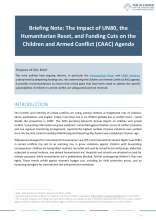
Technical Note | Education Interventions for Children Associated with Armed Forces and Armed Groups

Technical Note | Livelihood Interventions for Children Associated with Armed Forces and Armed Groups

MOOC | Programme Design for Children Associated with Armed Forces and Armed Groups (CAAFAG)

Resource Package | Mental Health and Psychosocial Support in CAAFAG Programmes

Operational Guidance | Negotiating and Implementing Handover Protocols for the Transfer of CAAFAG

CAAFAG Programme Development Toolkit: Training Guide and Guidelines
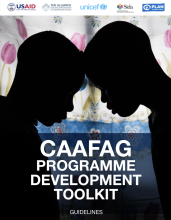
Growing Strong Together: A Parenting Program to Support the Reintegration of Children and Prevent their Recruitment

Webinars
Webinar | Healing Futures: Case Management for Children Associated with Armed Forces and Armed Groups

Webinar | Dual Battlegrounds: Protecting Children Recruited by Armed Groups and by Criminal Organisations

Webinar | Capturing Voices: Evidence Generation for CAAFAG

Virtual Launch of the Technical Note on Education for CAAFAG

Virtual Launch of the Technical Note on Livelihood for CAAFAG

Webinar | Prevention of Recruitment and Use of Children

Webinar | Children Associated with Armed Groups Designated as Terrorists

Webinar | Community-Level Prevention: Release and Reintegration of Child Associated with Armed Forces and Armed Groups (CAAFAG)







